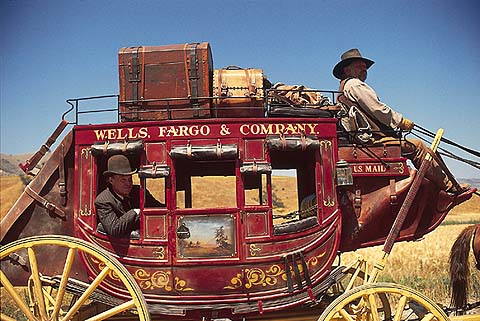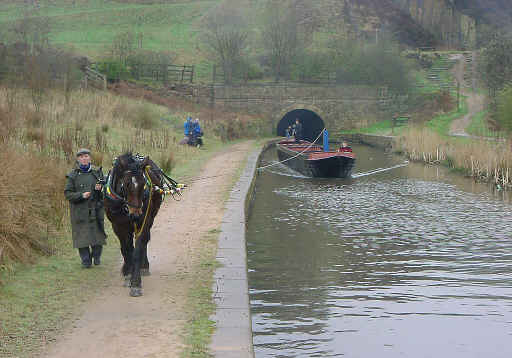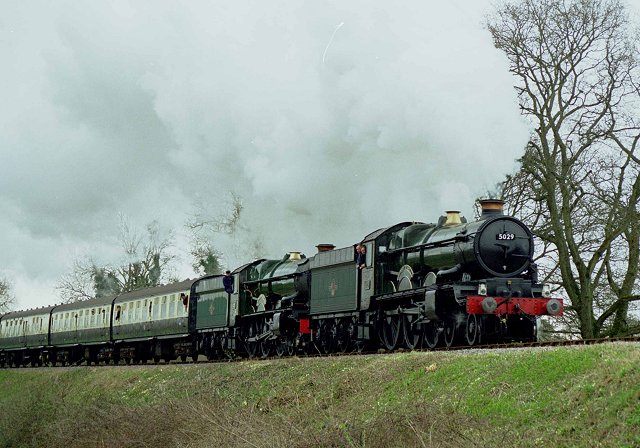
Digital (and other) networks are used for transporting various kinds of data. Some interesting parallels can be drawn with other forms of transport.
------------- ooo OOO ooo -------------

|
For centuries the only land transport was the horse-drawn coach or cart. |
The first widely-available digital public networks were based on the telephone system (telex, X.25, ISDN, etc). |
------------- ooo OOO ooo -------------

|
In the 1780s, huge sums of money were raised on the stock market (at least in England) to build canals. |
In the mid-1990s, huge sums of money could be raised on stock markets for any venture that involved the Internet. |
|
Canals were very efficient at carrying bulk freight, particularly coal. Some carried passengers as well, but it wasn't a service they were really suitable for, and most passengers continued to travel by stage coach. |
The Internet is efficient at carrying the kind of packet data needed for web surfing. Voice can also be carried on the Internet, but the service isn't really suitable for it and most people continue to use the telephone. |
|
Much of the technology needed to build railways was already available; canal companies used tramways to bridge the gaps until the canal could be completed. |
Vendors of packet-routing equipment would like the current ATM-based infrastructure to be replaced by IP-only networks. |
------------- ooo OOO ooo -------------

|
In the 1840s, the stock market "mania" was for railways. |
Maybe networks that can efficiently carry high quality live audio and video will be the next craze. |
|
Railways could carry passengers at greater speed and in greater comfort than stage coaches, and quickly became the preferred means of long distance passenger transport. |
Telephone services are already being migrated from ISDN to ATM-based structures, although this will not be apparent to users until telcos see a demand for the services that only ATM can carry. |
|
They also carried coal and other bulk freight, but many canals continued in business (often owned by railway companies) well into the 20th century. |
IP-only networks will continue to be suitable for carrying data, and to be appropriate for applications that do not require high quality live audio or video. |
|
Other canals were converted into railways by having the water drained out and rails laid on the bed. |
Even those IP networks that are not based on ATM can easily be converted because both systems use the same kind of fibre optic links. |
------------- ooo OOO ooo -------------
Copyright ©2001 Nine Tiles Networks Ltd